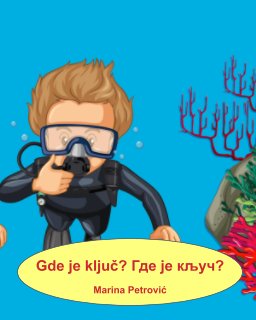AUTOBUS - bus / coach
VOZ - train
TROLEJBUS - trolley-bus
TRAMVAJ -tram
BICIKL - bicycle
AVION - plane

AUTOBUSKA STANICA - bus/ coach station
POLAZAK / POLASCI - departure
DOLAZAK / DOLASCI - arrivals
ŽELEZNIČKA STANICA - railway station
AERODROM - airport
KOLIKO KOŠTA ... - how much is ...
AUTOBUSKA KARTA - bus ticket
VOZNA KARTA - railway ticket
ULAZNICA - entrance fee
RENTIRANJE - renting of
ULICA - street
GLAVNA ULICA - main street
MOST -bridge
PARK - park
REKA - river
ŠKOLA - school
HOTEL - hotel
CRKVA - church
KATEDRALA - cathedral
MUZEJ - museum
POZORIŠTE - theatre
RESTORAN - restaurant
PAB - pub
KAFE - cafe
BOLNICA - hospital
CENTAR GRADA - city centre/ downtown
ZOOLOŠKI VRT - zoo
PIJACA - market
ŠOPING CENTAR - shopping centre
KAMP - camp
EXIT - izlaz
ENTRANCE - ulaz
TVRĐAVA - fortress
PETROVARADINSKA TVRĐAVA - Petrovaradin Fortress
POLICAJAC - policeman
POLICIJSKA STANICA - police station
KONZULAT - consulate
AMBASADA -embassy
******************* phrases in context:
questions:
HOW MUCH IS...? - koliko košta ...?
WHERE IS ... ? - gde je ... ? (for pronunciation check this video)
possible answers :
THERE - tamo
TURN - skreni
(ON THE) LEFT - levo
(ON THE) RIGHT - desno
GO - idi / idite
STRAIGHT - pravo
VOZ - train
TROLEJBUS - trolley-bus
TRAMVAJ -tram
BICIKL - bicycle
AVION - plane

AUTOBUSKA STANICA - bus/ coach station
POLAZAK / POLASCI - departure
DOLAZAK / DOLASCI - arrivals
ŽELEZNIČKA STANICA - railway station
AERODROM - airport
KOLIKO KOŠTA ... - how much is ...
AUTOBUSKA KARTA - bus ticket
VOZNA KARTA - railway ticket
ULAZNICA - entrance fee
RENTIRANJE - renting of
ULICA - street
GLAVNA ULICA - main street
MOST -bridge
PARK - park
REKA - river
ŠKOLA - school
HOTEL - hotel
CRKVA - church
KATEDRALA - cathedral
MUZEJ - museum
POZORIŠTE - theatre
RESTORAN - restaurant
PAB - pub
KAFE - cafe
BOLNICA - hospital
CENTAR GRADA - city centre/ downtown
ZOOLOŠKI VRT - zoo
PIJACA - market
ŠOPING CENTAR - shopping centre
KAMP - camp
EXIT - izlaz
ENTRANCE - ulaz
TVRĐAVA - fortress
PETROVARADINSKA TVRĐAVA - Petrovaradin Fortress
POLICAJAC - policeman
POLICIJSKA STANICA - police station
KONZULAT - consulate
AMBASADA -embassy
******************* phrases in context:
questions:
HOW MUCH IS...? - koliko košta ...?
WHERE IS ... ? - gde je ... ? (for pronunciation check this video)
possible answers :
THERE - tamo
TURN - skreni
(ON THE) LEFT - levo
(ON THE) RIGHT - desno
GO - idi / idite
STRAIGHT - pravo

.png)
















